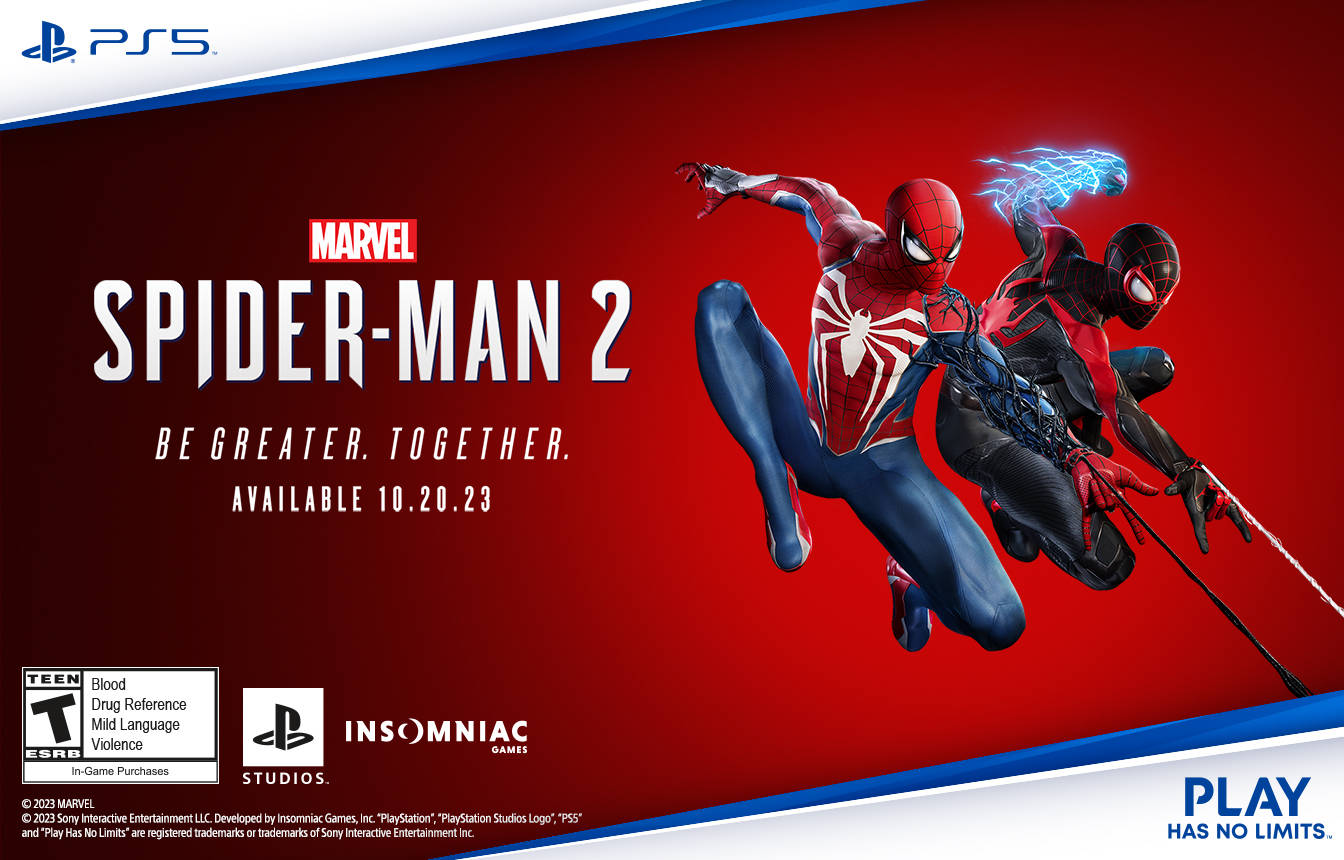If there’s one thing that shines through in every aspect of Carrier Command: Gaea Mission, it’s the passion that the fine folks at Bohemia Interactive have for their source material. In an age where remakes like Syndicate and 2K Marin’s XCOM mine classic franchises for name recognition and little else, Gaea Mission manages to keep the spirit and gameplay of the original Carrier Command, released for the Amiga way back in 1988, completely intact—albeit with a few hefty modern upgrades.
In the classic Carrier Command, you took control of a massive ship that can deploy up to eight units—four amphibious Walruses and four flying Mantas—which you could control directly or via commands on a top-down map. Your ultimate goal was to seize control of an archipelago of islands and take down the enemy carrier, using the resources on each island to outfit your vehicles with upgrades and new equipment. All that has made it into Gaea Mission, but thanks to some impressive graphics, improved squad controls, and a deeper, more accessible interface, you’d have a hard time guessing that most of the major design elements are almost 15 years old.
Gaea Mission‘s biggest departure is the inclusion of a more linear, story-driven campaign that blends FPS and on-rails shooting segments in with the standard strategy elements. While the campaign is effective as a tutorial for some of the more advanced gameplay mechanics, it falters somewhat as a standalone experience. The first-person shooter segments are overly simple, and their controls feel floaty, so much so that any standard issue console gamer probably wouldn’t stick it out to see the rest of what Gaea Mission has to offer. The story and characters are forgettable, essentially offering the bare minimum of window dressing on the simplistic carrier-versus-carrier premise.
But if the campaign stumbles, it’s only because it strays too far from the core action-RTS gameplay. That’s not a problem in the strategy game, which is basically a pure recreation of the classic Carrier Command experience. Your only goal is to capture islands and defeat the enemy carrier, and the open-ended approach suits the mechanics far better. Slowly conquering the archipelago and building up your forces is immensely enjoyable, and thanks to a wide variety of pre-game settings you’re free to tweak—starting resources, production rates, number of islands under your control—there’s an almost endless amount of replay value to be had.
This is Bohemia’s first foray into the world of console gaming, and that proves to be both a blessing and a curse. Much of the PC sensibility that the developer brought to the ARMA franchise has made the leap successfully. The levels are massive, gameplay is refreshingly open-ended, and you can save whenever and wherever you please. On the other hand, there are plenty of areas where that lack of console experience hurts. Navigating the menus with a controller is about as unintuitive as it gets, and there have been some obviously technical concessions to get the game running on the 360’s more modest hardware, most notably in the way the game freezes up every time it autosaves.
On the whole, though, Bohemia has done an impressive job getting a traditionally console-unfriendly genre to work with the gamepad. In the areas it counts most—vehicle controls, squad commands, and issuing orders from the map—the game handles perfectly fine, though a few minor quirks will take some getting used to. In fact, that’s really Gaea Mission in a nutshell: a solid game with a foundation of great ideas that’s ultimately held back by some relatively small but ultimately unavoidable frustrations.
Take, for example, the copious amounts of downtime during gameplay. After you capture an island, you need to recall all your units to the carrier in order to continue, and if you’ve captured the command center, that means they’re basically traipsing back to the ship without an enemy in sight, a process that takes far too long. Once they get there, you can chart your course to a new island—and then wait even longer for that journey to complete. These lulls are ostensibly when you should be managing your production and repairs, but the amount of time it takes to get back into the action far exceeds how long most people will need to get their metaphorical house in order. As a result, there will be minutes at a time where you’re just staring at the screen, waiting around for something to do.
The game’s other glaring imperfection is the AI, which can, at times, be more of a hindrance than a help. On several occasions, I set my units to support me and headed off confidently into battle, only to realize minutes later that one of my Walruses was halfway across the island. When I switched over to investigate, I discovered it was stuck in an infinite loop of backing up and moving forward over the same perfectly flat five-foot patch of ground, like some lost puppy who’d lost its owner and been paralyzed by fear. Other times, I’d go to send a Walrus back to the carrier only to discover that it’d decided a short, direct route along the coast was too easy, instead opting to circle halfway around the island and drive right through the heart of the enemy’s defenses.
These sort of minor hiccups don’t occur all that often, but they crop up frequently enough that you’ll need to constantly check the map to ensure your units are doing what you told them, and if they’re not, you’ll need to take direct control and micromanage them until they finally decide to listen. Sort of defeats the purpose of having robust squad commands, eh?
Still, for as much as Gaea Mission may lack polish, there’s something intensely addictive about the experience as a whole. No matter how often I found myself frustrated by the AI or the controls, it was never enough to make me want to stop playing. There was always just one more upgrade to acquire, just one more island to capture, just one more delivery on the way. If you can look past the surface flaws and allow the game to suck you into its vortex of action-RTS goodness, you’ll have a hell of a lot of fun—but like the old school strategy tradition that inspired it, Gaea Mission demands quite a bit of patience and commitment to get there.
|
★★★☆☆
While this update of the classic action-RTS hybrid is far from perfect, there's a certain undeniable charm to Gaea Mission's deep, open-ended gameplay that manages to overshadow the flawed AI and poor pacing. |
|
| Carrier Command: Gaea Mission is available on . Primary version played was for . Product was provided by for the benefit of this coverage. EGM reviews on a scale of one to five stars. | |






